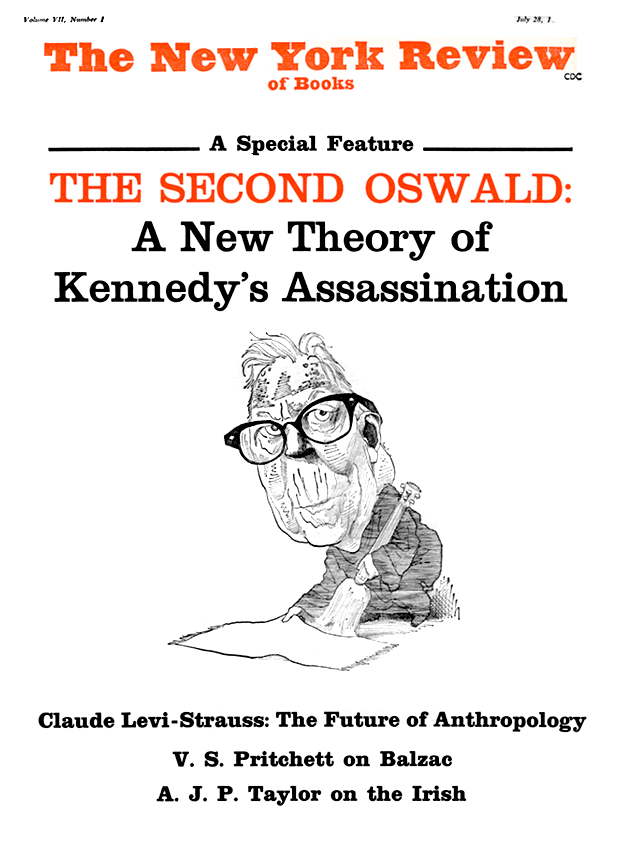In response to:
Funny Coincidence from the May 26, 1966 issue
To the Editors:
Mr. Gardner (NYR, May 26) says that “professional psychologists, using sophisticated modern techniques, have been trying to duplicate the experiments of the parapsychologists, and they remain unconvinced.” The reviewer implies that there is a dichotomy between para-psychologist and professional psychologist. Mr. Gardner is either unaware of or ignores the fact that such scholars as Dr. Gardner Murphy, Dr. R. H. Thouless, Dr. Gertrude Schmeidler, Dr. Hans Bender, Dr. J. G. Pratt, Dr. Maurice Marsh, etc., are only a few of the “professional psychologists” who have made important contributions to the field of parapsychology. Thus there many professional psychologists who have made important contributions to the field of parapsychology. Thus there are many professional psychologists who are not “unconvinced.” The gap between psychologist and parapsychologist does not exist as Martin Gardner would have his readers believe. It is unfortunate that Mr. Gardner assumed the responsibility to speak for professional psychologists.
It is also regrettable that Dr. J. B. Rhine is referred to in a demeaning way as “a botanist-turned parapsychologist.” Dr. Rhine is well-trained in psychology, and Mr. Gardner ignores the fact that for twenty years Rhine taught psychology, not botany, at Duke University.
The above distortions are superficial when compared with the methodological error created by Hansel and perpetuated by Gardner. Mr. Gardner mentions that Hansel discovered that the scores of Dr. Soal’s experiment appeared in a curious pattern and that this would be “easy to understand if someone had gone over the scores to beef them up a bit and had been too stupid to make the beefing random.” There is no reason to delve so deeply for such an explanation. If one takes any data and examines them for all possible anomalies, one is almost certain to discern something which seems unusual. This is merely due to chance. For this very reason, parapsychological experiments, to be considered valid, predict precisely what kind of anomaly shall appear. Both Hansel and Gardner commit an error in basic experimental procedure. Hansel looked at the data and turned up one anomaly. By chance one must expect anomalies; this does not indicate fraud. It is surprising that the author of a column dealing with mathematics should make an error in statistics.
There are other errors in the review, but it is not the intention of this letter to correct all mistakes made. Rather, I should merely like to point out that parapsychology is a rigid discipline utilizing scientific method. It is not guilty of committing the errors which those unskilled in the field are so ready to criticize.
Bob Brier
Bronx, New York
This Issue
July 28, 1966


